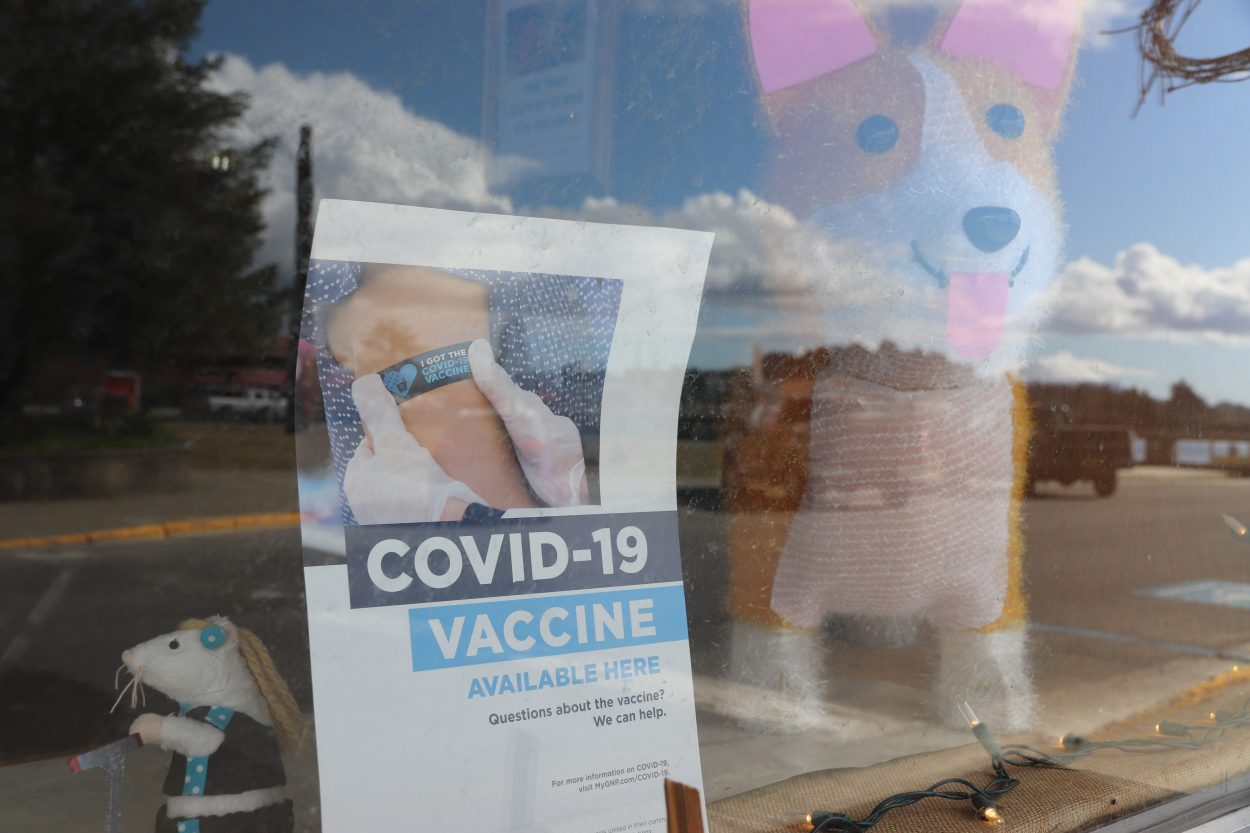
75 new coronavirus cases were reported by the state last week in Sitka. Months ago, this jump in cases would put Sitka’s COVID-19 alert level at high, but CDC guidance now weighs hospitalizations more heavily than case counts. So Sitka remains at ‘medium’ because there have been no hospitalizations associated with the recent uptick.
Some of the new coronavirus cases over the last week are linked to outbreaks at two local healthcare facilities that serve some of Sitka’s most vulnerable– the state-run Pioneer Home, and the Southeast Alaska Regional Health Consortium’s (SEARHC) long-term care unit. SEARHC’s Chief Medical Officer Dr. Elliot Bruhl says those outbreaks haven’t resulted in any hospitalizations.
“And the staff of both of those facilities are doing a terrific job of caring for people,” Bruhl says. “Nobody has had to be hospitalized. And anyone who would qualify for one of the medications that we use now to treat COVID disease for high risk individuals — medicines like Paxlovid and Molnupiravir— our staff, our medical staff, is prescribing those medicines.”
The Alaska Department of Health and Social Services reports new COVID-19 cases on a weekly basis, and this is the biggest jump in cases in Sitka since early February. Getting a clear read on the number of positives in the community is even harder, since many are taking advantage of readily available home test kits.
But, according to new community guidelines from the Centers for Disease Control the number of new coronavirus cases doesn’t carry as much weight as it did earlier in the pandemic. And even with the recent uptick, Dr. Bruhl is optimistic about where Sitka stands with the virus, almost two years to the date since the community’s first COVID case was reported.
“I think we are in a good place,” Bruhl says. “There’s a lot of reasons why.”
Perhaps most notably, Bruhl says the current variant, BA.2 – although highly contagious – doesn’t seem to be very virulent.
“So people are not getting really sick with it,” he says. “We don’t have anybody in the hospital for COVID disease…and we haven’t for some time. So that’s good news.”
He says community awareness is around the virus and public health remains strong. People know what to do to protect themselves — wash their hands, stay home if they’re sick, and take a COVID test. The other tools, vaccinations and being up to date on boosters, remain crucial.
Another layer of protection – the mask – has been making headlines again, after a federal mandate for masking during air travel was lifted on April 18.
“You know, mask requirements have been dropped, but that doesn’t mean you can’t wear a mask,” Bruhl says. “I think if you’re concerned or you’re vulnerable, just like at any point in time in the last two years, you should wear a mask.”
So, what does this mean? Case counts are going up, but local hospitalizations are still at zero and have been for a while. So is that ‘return to normal’ that many are hoping for finally here? Will the coronavirus become endemic? What’s next?
“We would all like to have closure and certainty, but we don’t, unfortunately,” says Bruhl.
He says it could be that COVID-19, like other viruses, may become a part of ‘the lay of the land’ in public health. But Bruhl says one thing is clear: At an individual level, the approach to the virus is still pretty straightforward.
“I think that’s what we can control. You know, we can control our own…health and behavior in terms of trying to stay safe,” Bruhl says. “I continue to urge people to get vaccinated. If they’ve been vaccinated and [are] eligible to get a booster, to get a booster…And that they need to stay home if they’re sick.”
Bruhl says PCR coronavirus tests are still available daily at Mountainside Clinic Monday through Saturday, and local vaccine clinics are still administering out initial doses and booster shots, free to the public.






























